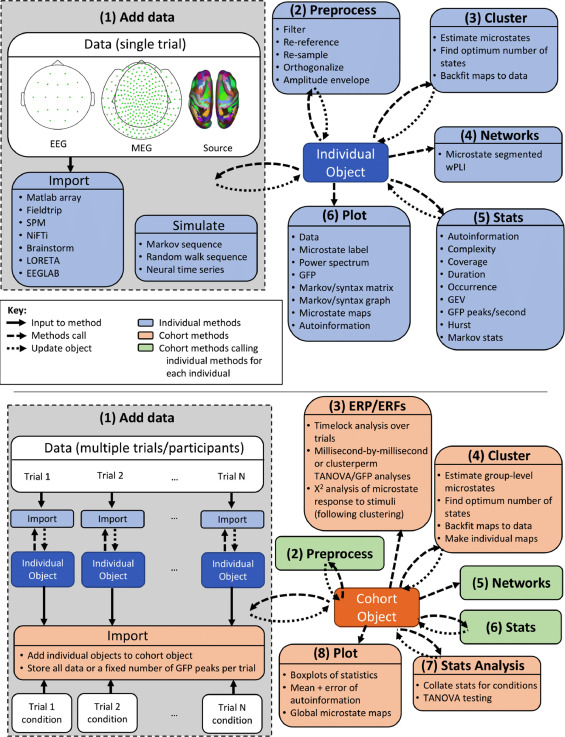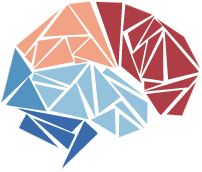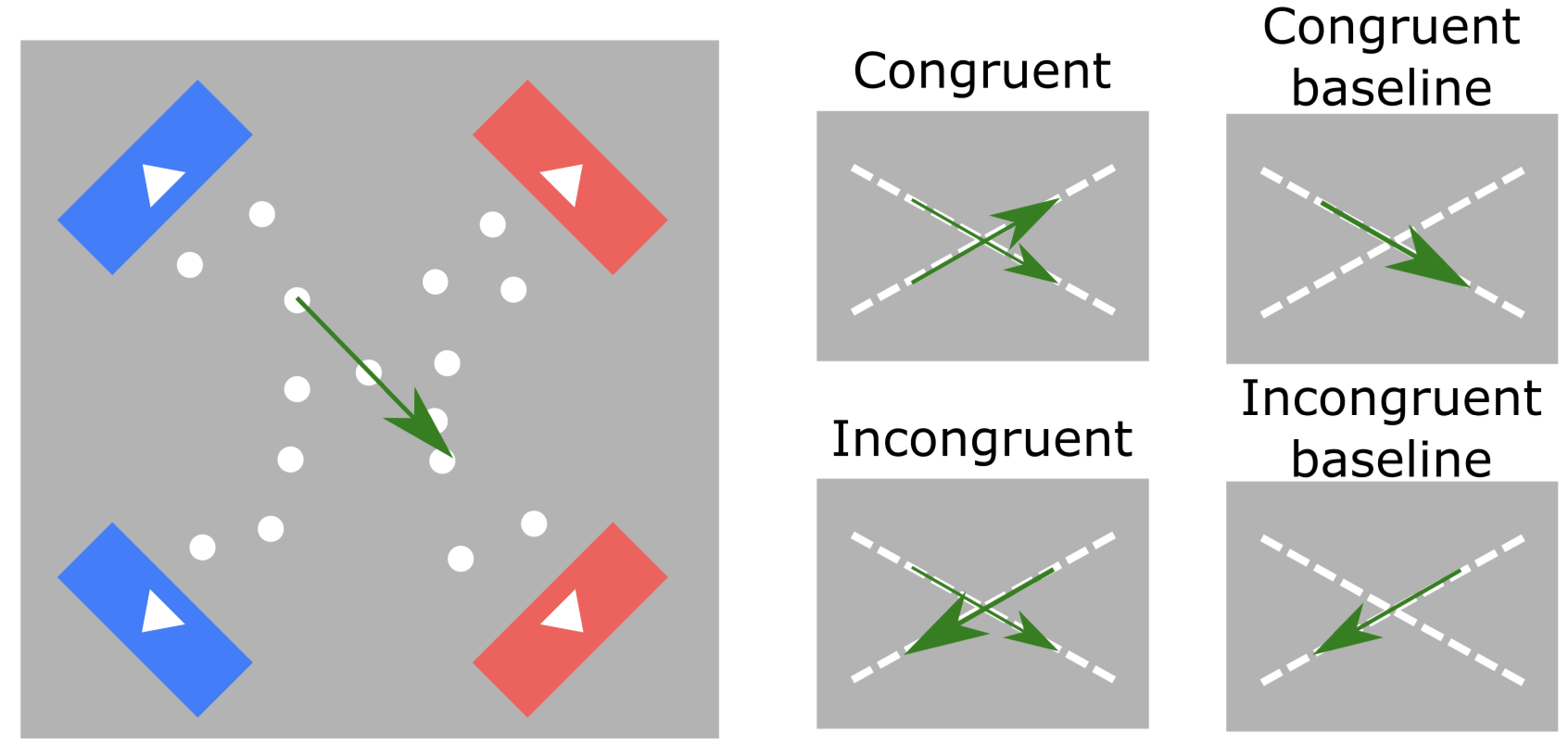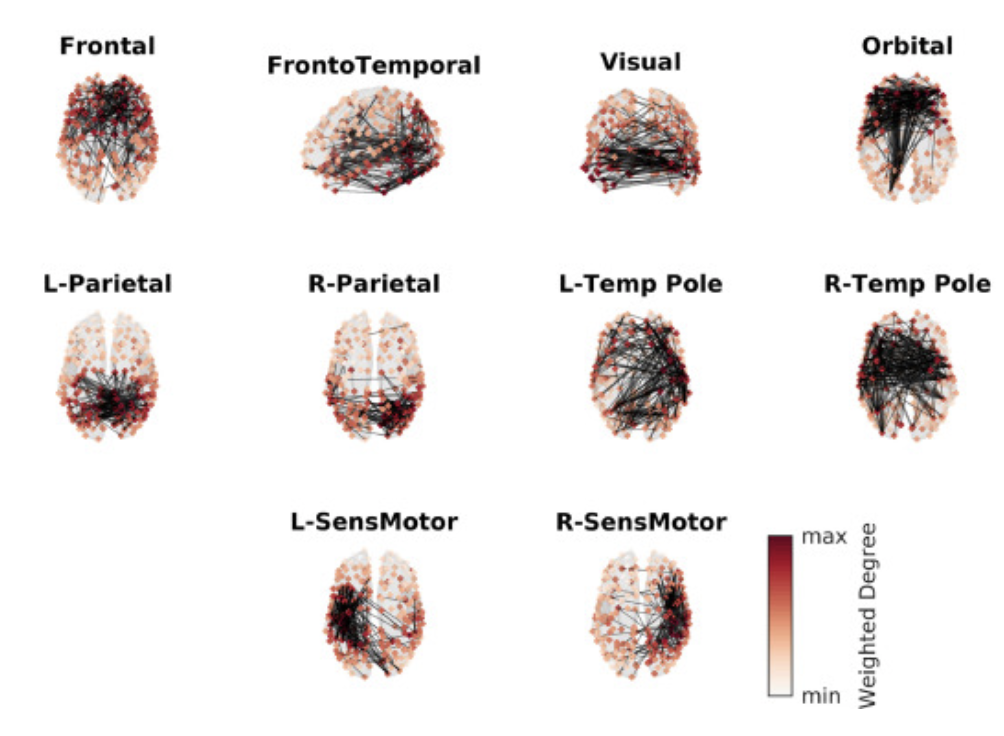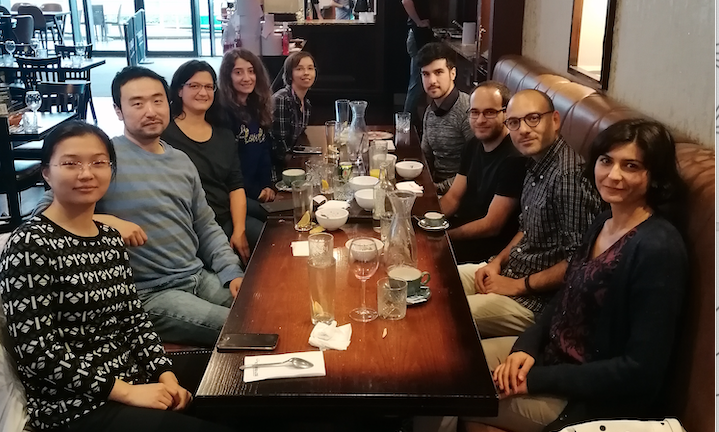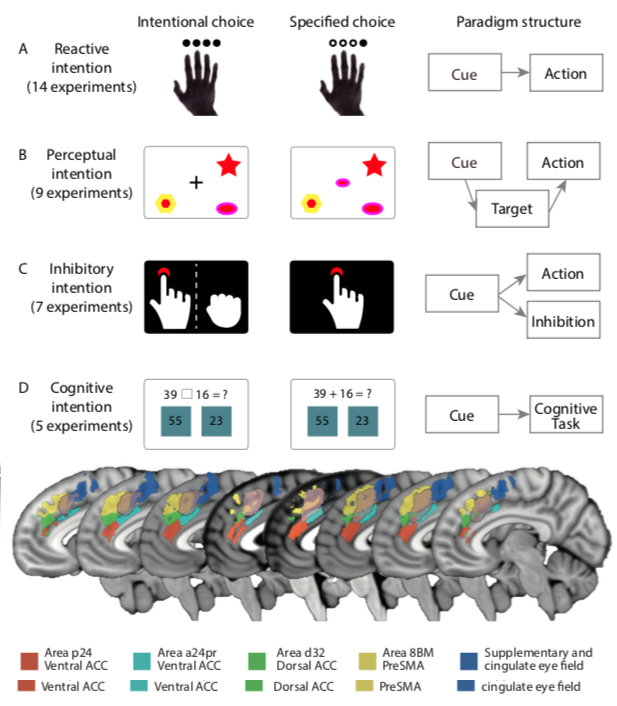A new paper led by Luke Tait is published on Neuroimage. The paper gave a detailed overview of the +microstate toolbox that can calculate MEG/EEG sensor-level/source-level microstates, simulation, functional connectivity and many relevent statistics.
+microstate includes codes for performing individual- and group-level brain microstate analysis in resting-state and task-based data including event-related potentials/fields. Functions are included to visualise and perform statistical analysis of microstate sequences, including novel advanced statistical approaches such as statistical testing for associated functional connectivity patterns, cluster-permutation topographic ANOVAs, and analysis of microstate probabilities in response to stimuli. Additionally, codes for simulating microstate sequences and their associated M/EEG data are included in the toolbox, which can be used to generate artificial data with ground truth microstates and to validate the methodology.
The paper is now available online.
